The Nordic countries have long captivated travelers with their stunning landscapes and unique natural phenomena. Iceland and Norway, in particular, stand as titans of natural beauty in Northern Europe, offering spectacular outdoor experiences that draw visitors from around the globe.
While these countries may seem similar at first glance—boasting dramatic fjords, mountains, and a connection to Viking heritage—they deliver remarkably different experiences to nature enthusiasts. Both countries feature some of the most striking scenery on the planet, but their distinct environmental offerings create completely different travel experiences.
Here is a list of 20 nature-based experiences highlighting each destination’s unique character.
Midnight Sun
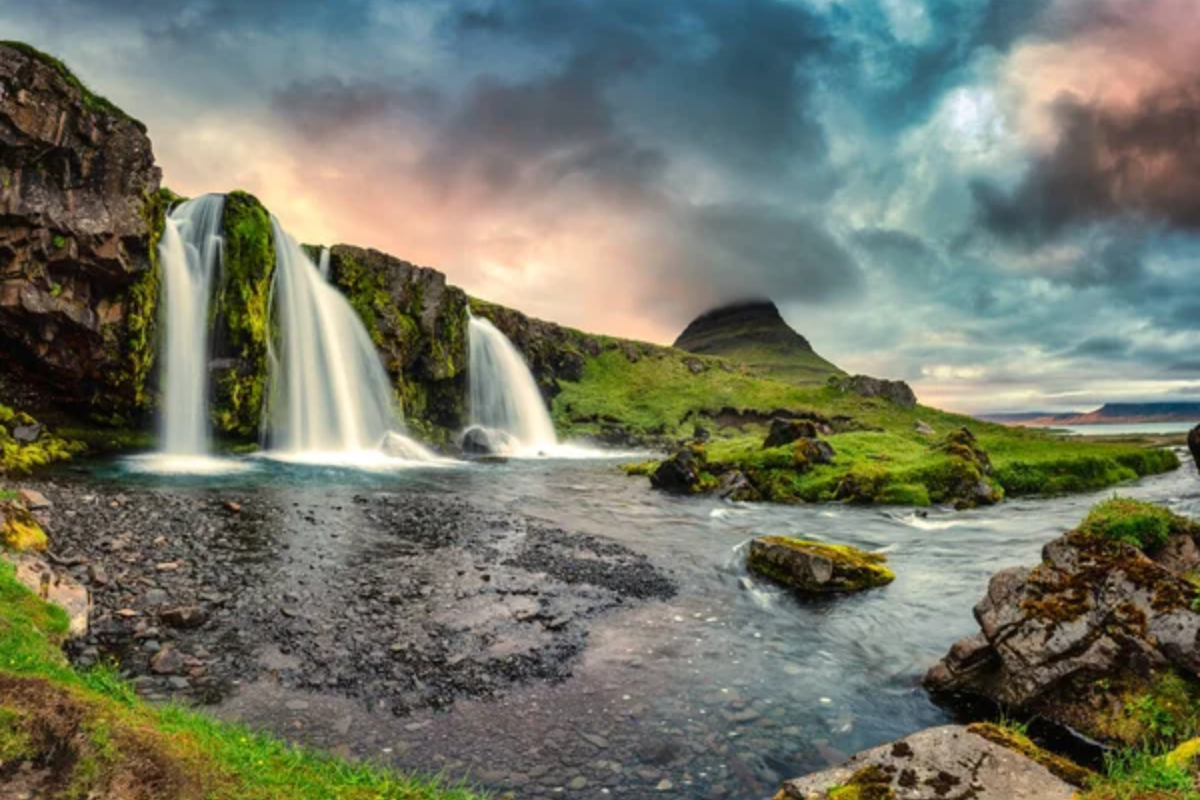
In northern Norway, particularly in places like Tromsø or the Lofoten Islands, the midnight sun phenomenon lasts longer and offers a more dramatic effect than in Iceland. The Norwegian midnight sun can be visible for nearly 70 days in the northernmost areas, creating endless opportunities for hiking, kayaking, and photography in golden-hour light that seems to stretch forever.
Iceland’s midnight sun season is slightly shorter but offers the unique chance to explore volcanic landscapes under the never-setting summer sun.
Geothermal Bathing

Iceland reigns supreme in the geothermal bathing category with its abundant natural hot springs and man-made lagoons. The Blue Lagoon may be the poster child, but locals prefer hidden gems like the Reykjadalur hot river or Myvatn Nature Baths.
Norway has some thermal springs, but they’re fewer and typically less dramatic than their Icelandic counterparts, often visibly steaming and bubbling from geothermal vents.
Like Travel Pug’s content? Follow us on MSN.
Glaciers
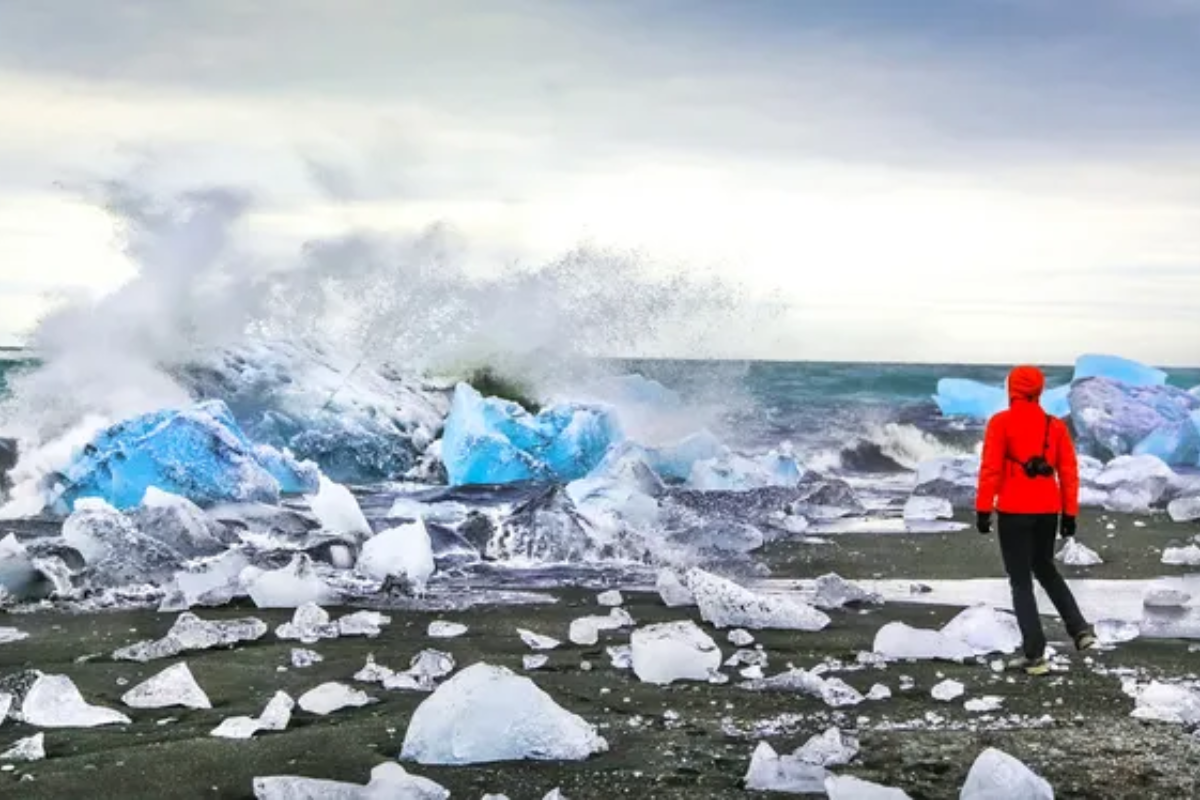
While both countries feature impressive ice masses, Iceland’s glaciers are more accessible and diverse. Visitors can walk on glacier tongues like Sólheimajökull within hours of leaving Reykjavík or explore ice caves beneath Vatnajökull, Europe’s largest glacier overall outside the Arctic.
Norway’s glaciers tend to be steeper and more technically challenging, making them a paradise for serious ice climbers but slightly less approachable for casual tourists.
Fjords
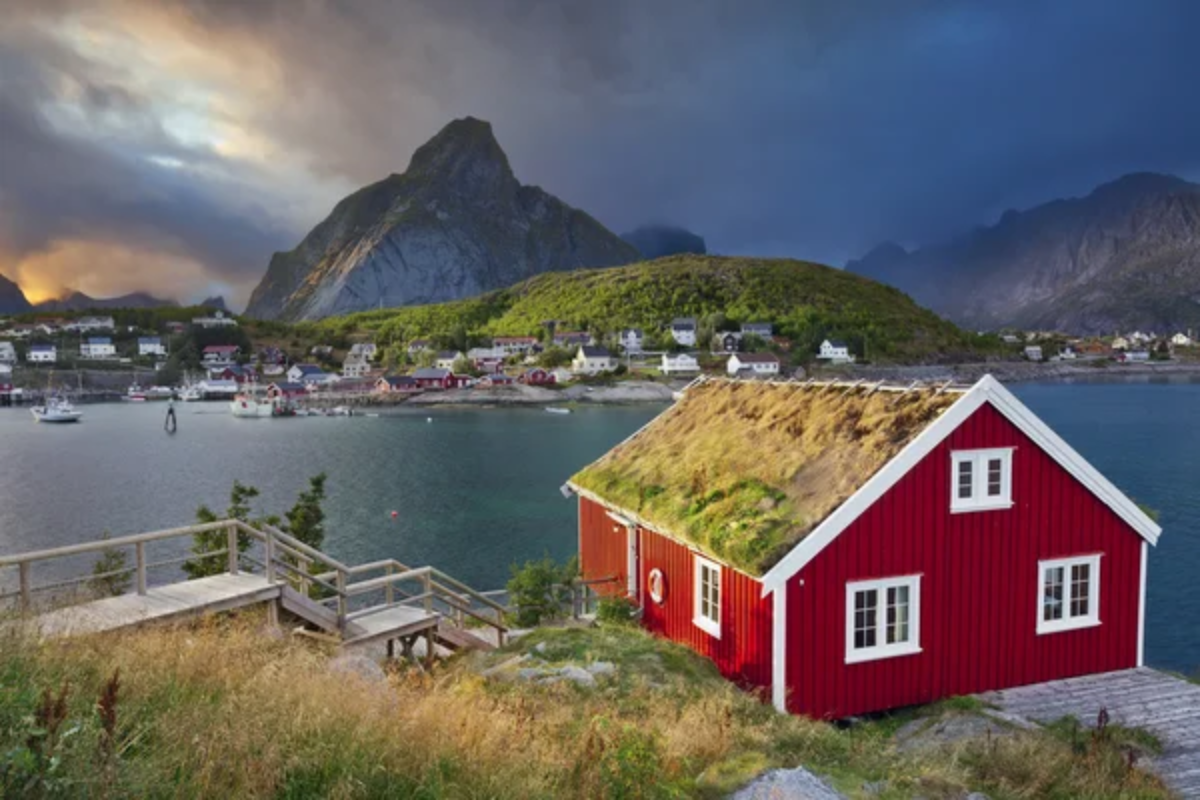
Norway delivers the quintessential fjord experience with over 1,000 dramatic fjords carving into its coastline. The UNESCO-protected Geirangerfjord and Nærøyfjord stand as crown jewels, with towering cliffs rising over 3,000 feet from impossibly blue waters.
Iceland has beautiful fjords in its eastern and western regions, but they’re generally less towering and dramatic than their Norwegian counterparts.
Volcanoes
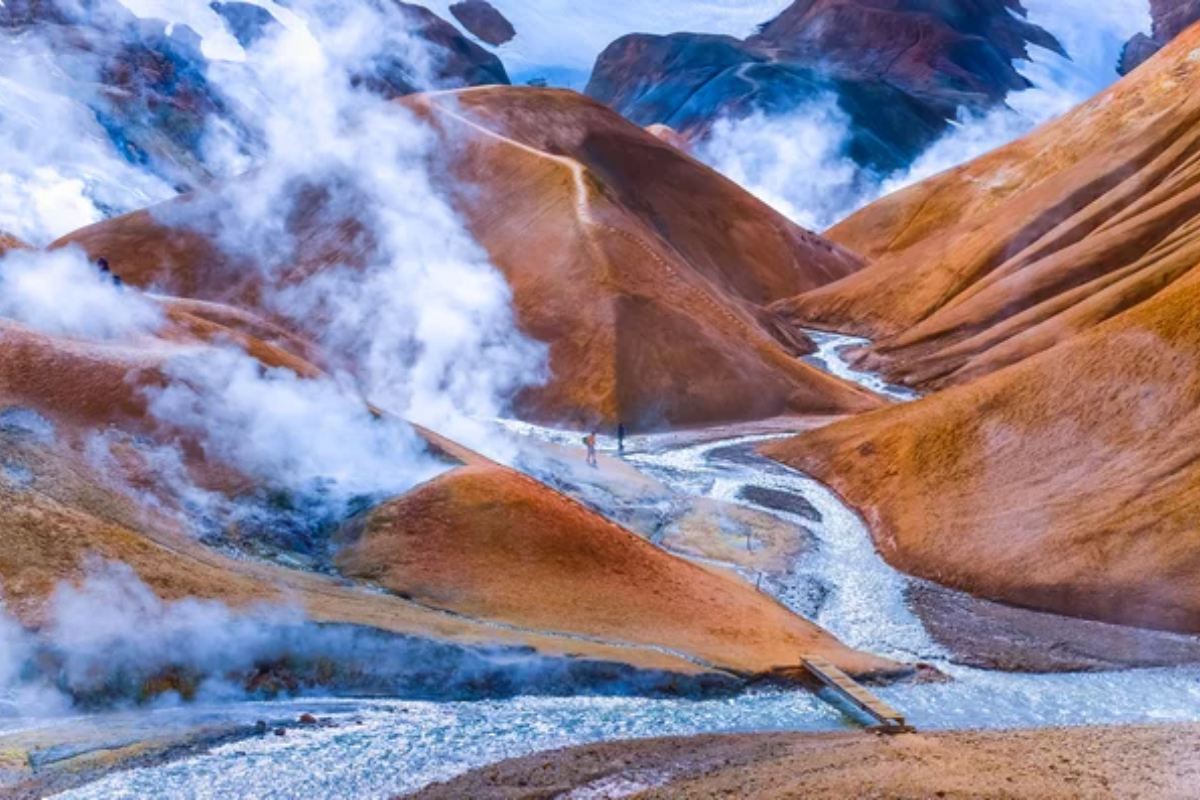
Iceland sits directly on the Mid-Atlantic Ridge, making it one of Earth’s most volcanically active places. Visitors can hike recent eruption sites like Fagradalsfjall, peer into perfectly formed craters, or even descend into dormant magma chambers like Þríhnúkagígur.
Norway, being geologically stable by comparison, offers no active volcanoes. This fundamental difference shapes everything from the landscape to the national psyche.
Like Travel Pug’s content? Follow us on MSN.
Northern Lights
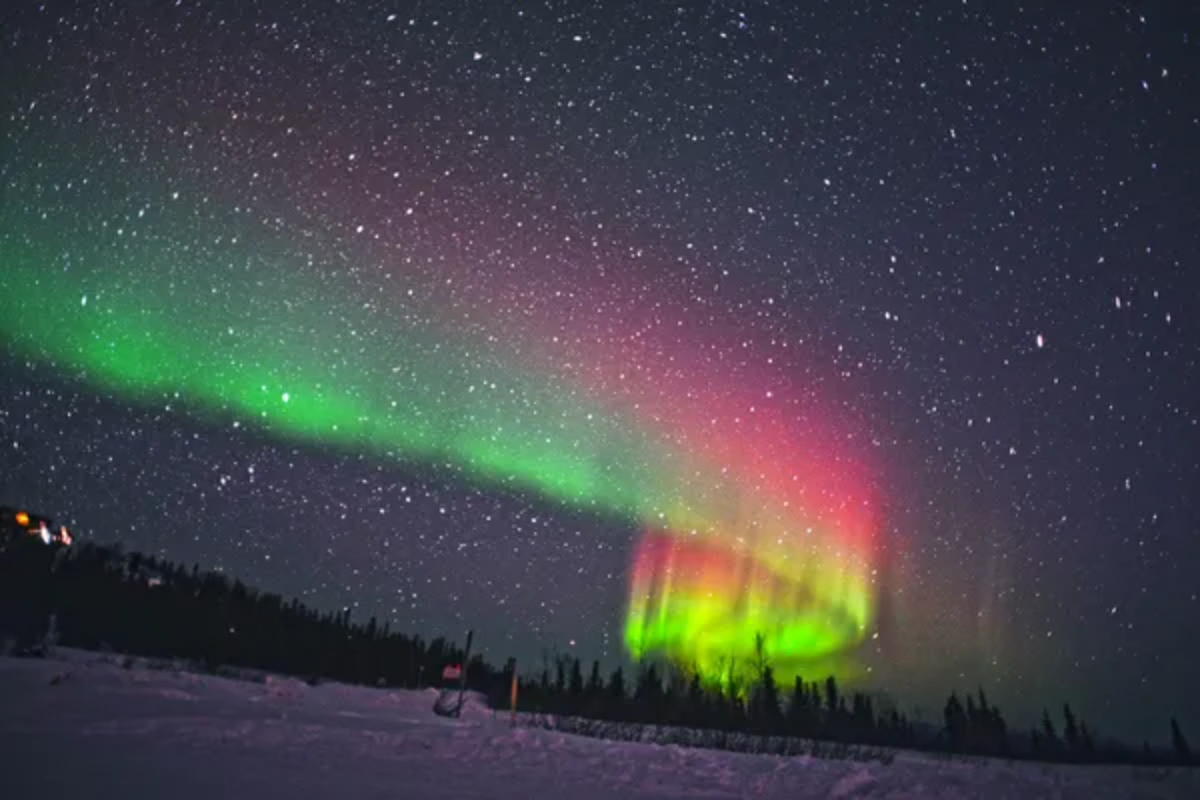
Both countries offer spectacular aurora viewing, but the experience differs significantly. Iceland’s northern lights season runs from September to April, with dark, clear nights illuminating volcanic backdrops and black sand beaches.
Norway’s Arctic regions, particularly Tromsø and Svalbard, offer longer viewing seasons and sometimes more colorful displays against backdrops of fjords and snow-covered mountains.
Hiking Trails

Norway’s trail system is more established and extensive, with the Norwegian Trekking Association maintaining over 20,000 miles of marked routes and 500 mountain cabins. Famous routes like Preikestolen (Pulpit Rock) and Trolltunga offer jaw-dropping views after relatively accessible hikes.
Iceland’s trails cut through more otherworldly landscapes of rhyolite mountains, sulfur springs, and lava fields, but they often require more self-sufficiency, as marked trails and shelters are fewer.
Wildlife Viewing

Norway offers richer biodiversity and more opportunities to spot large mammals. Musk oxen, reindeer, elk, and brown bears roam the Norwegian wilderness, while coastal areas host whales and occasionally walruses. Iceland has only one native land mammal—the Arctic fox.
Still, it compensates with spectacular bird-watching, including massive colonies of puffins and sea birds that nest along its dramatic cliffs.
Like Travel Pug’s content? Follow us on MSN.
Waterfalls
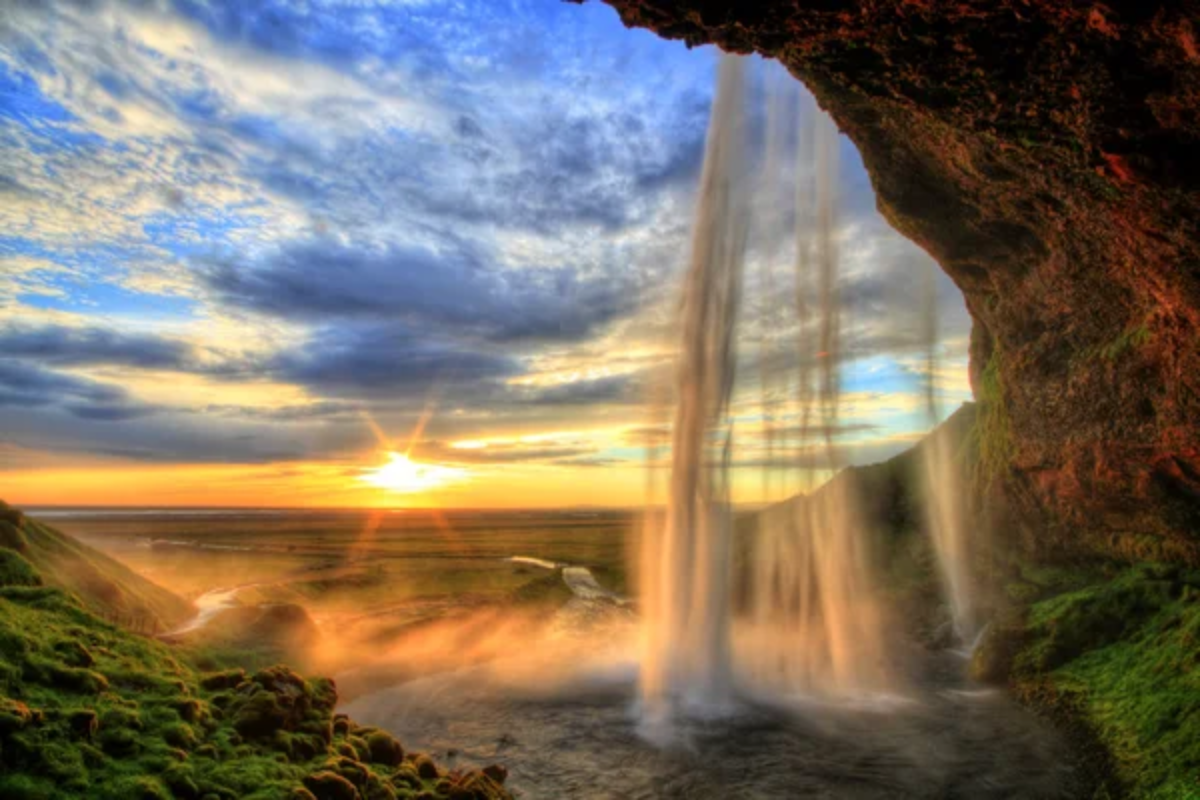
Iceland takes the crown for waterfall diversity, with falls of every type imaginable within easy reach of main roads. Iceland’s waterfalls are numerous and varied, from the massive power of Dettifoss to the perfect cascade of Skógafoss to the hidden canyon falls of Gljúfrabúi.
Norway counters with height—its Seven Sisters Waterfall and the mighty Vøringsfossen spectacularly drop hundreds of feet.
Island Exploration
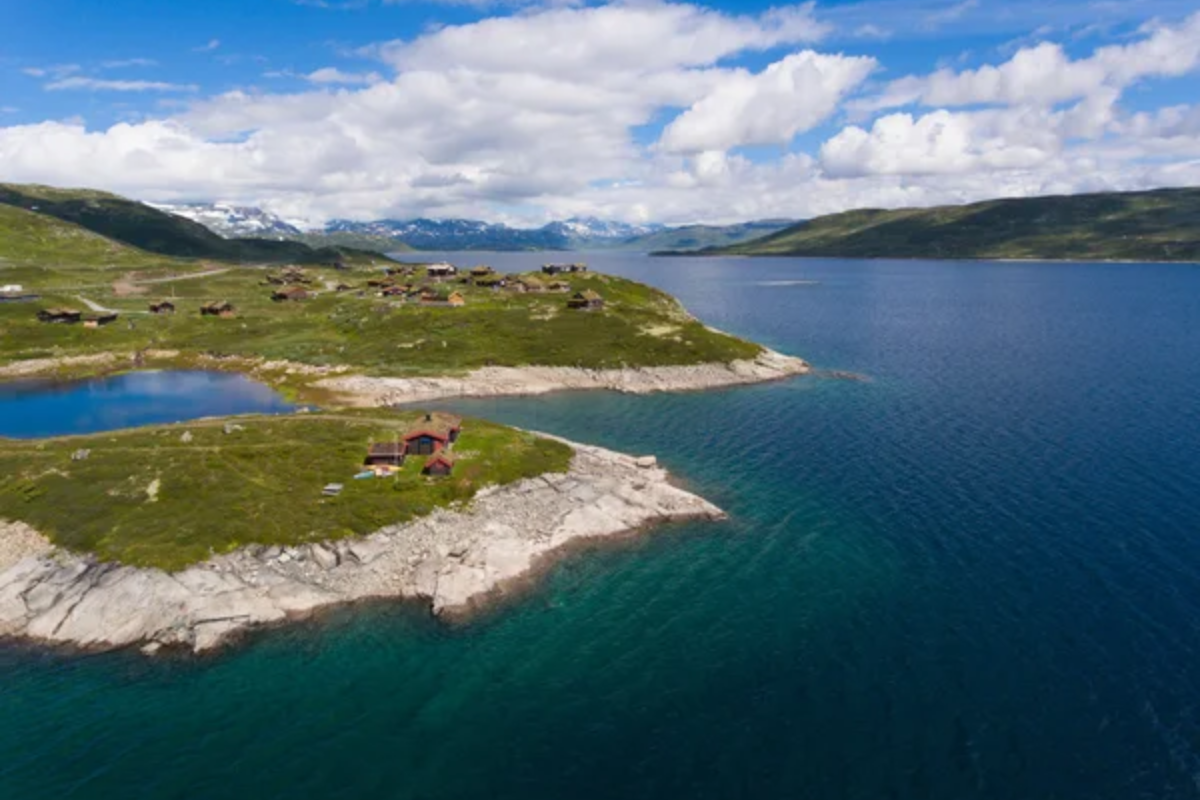
Norway’s coastline is dotted with over 50,000 islands, from the Arctic archipelago of Svalbard to the moss-covered formations of the Lofoten Islands. These islands host picturesque fishing villages with distinct cultural traditions.
Being one large island, Iceland offers a different experience with smaller offshore islands like Vestmannaeyjar, where visitors can witness the aftermath of a 1973 eruption nearly destroyed the town.
Mountain Scenery
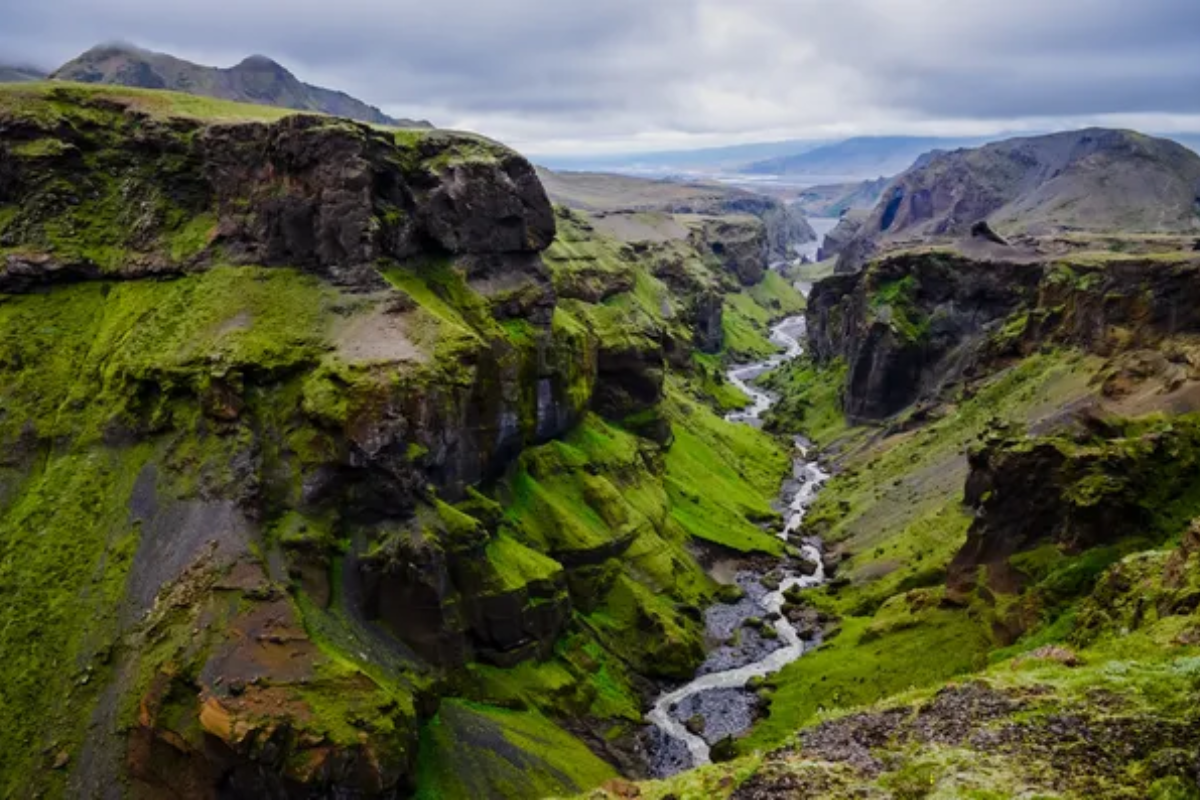
Norway’s mountains are taller, more jagged, and traditionally alpine than Iceland’s. The Jotunheimen range includes Northern Europe’s highest peaks, creating a paradise for mountaineers.
Iceland’s mountains are lower but often more colorful, with rhyolite formations creating rainbow-like patterns across slopes that look almost painted, particularly in the Landmannalaugar region.
Like Travel Pug’s content? Follow us on MSN.
Coastal Roads
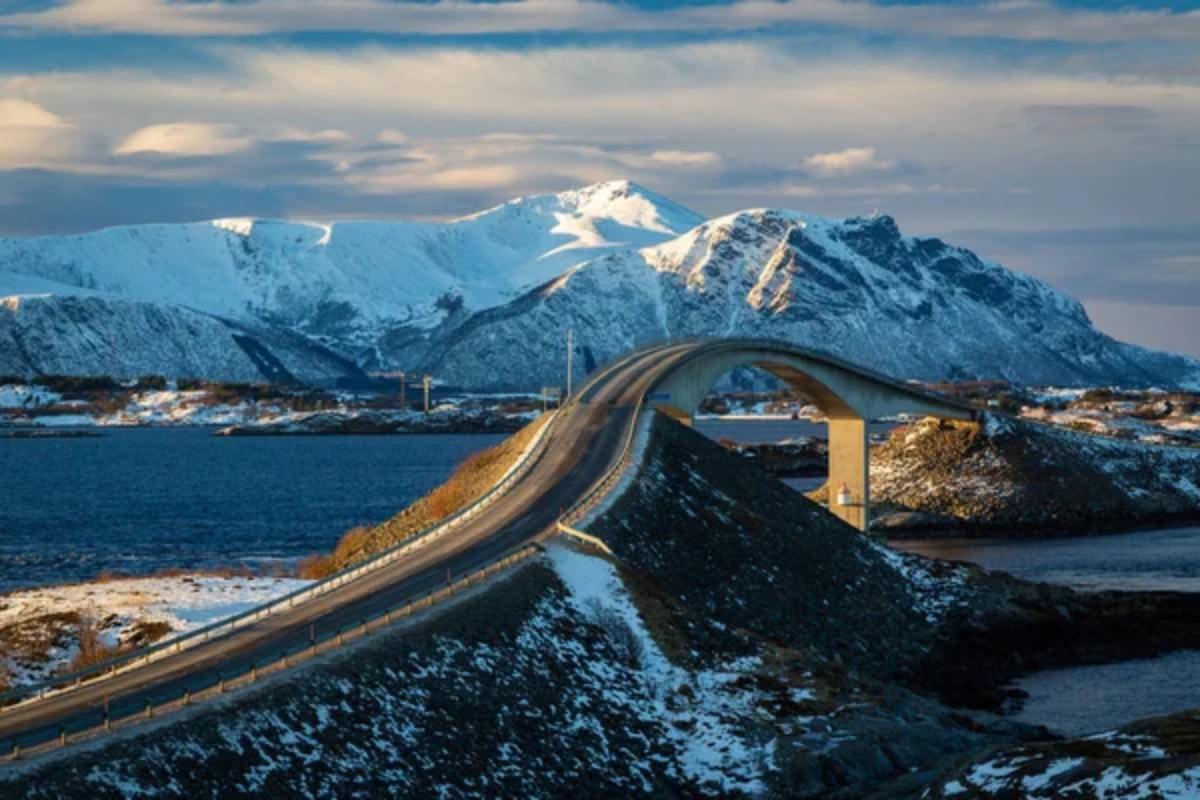
Norway’s Atlantic Road and Iceland’s Ring Road offer two of the world’s most spectacular driving experiences but with different flavors. Norway’s coastal routes snake along fjords and cross dramatic bridges between tiny islands, often passing through charming fishing villages.
Iceland’s Ring Road circumnavigates the entire country, passing from black sand beaches to glacier lagoons to volcanic fields, often without seeing a single town for hours.
River Adventures
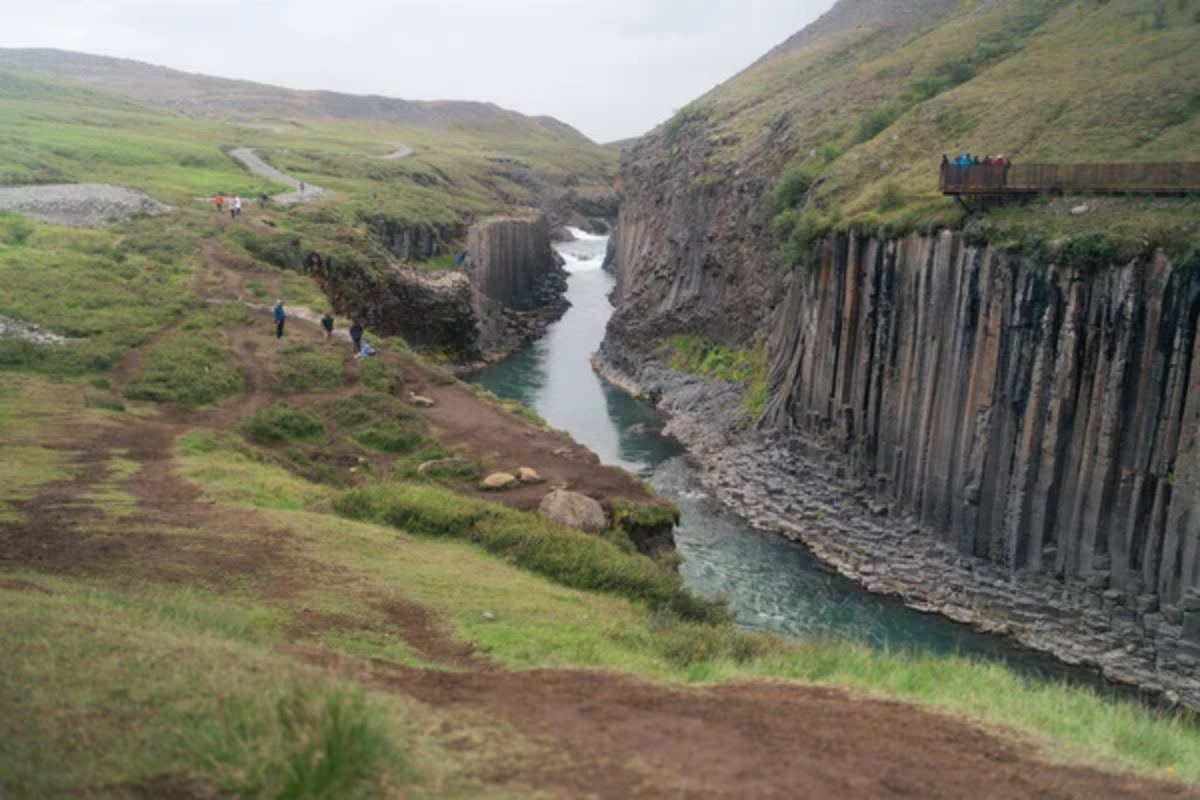
Norway’s rivers offer more technical whitewater rafting through deep, forested gorges carved by ancient glaciers. The Sjoa River and Otra River provide world-class rapids in pristine settings. Iceland’s glacial rivers tend to be wider and milky in color, carrying volcanic silt that creates a striking turquoise hue.
These rivers often flow across black sand plains, creating braided patterns visible from miles away.
Forests

Norway maintains vast areas of pristine boreal forest, particularly in its eastern regions. These ancient woodlands, filled with pine, spruce, and birch, create habitats for diverse wildlife and offer quintessential Nordic forest experiences.
Iceland, deforested by early settlers, has almost no native trees remaining. Its landscape is notably more open and exposed, with low-growing vegetation creating unobstructed views that stretch to the horizon.
Like Travel Pug’s content? Follow us on MSN.
Desert Landscapes
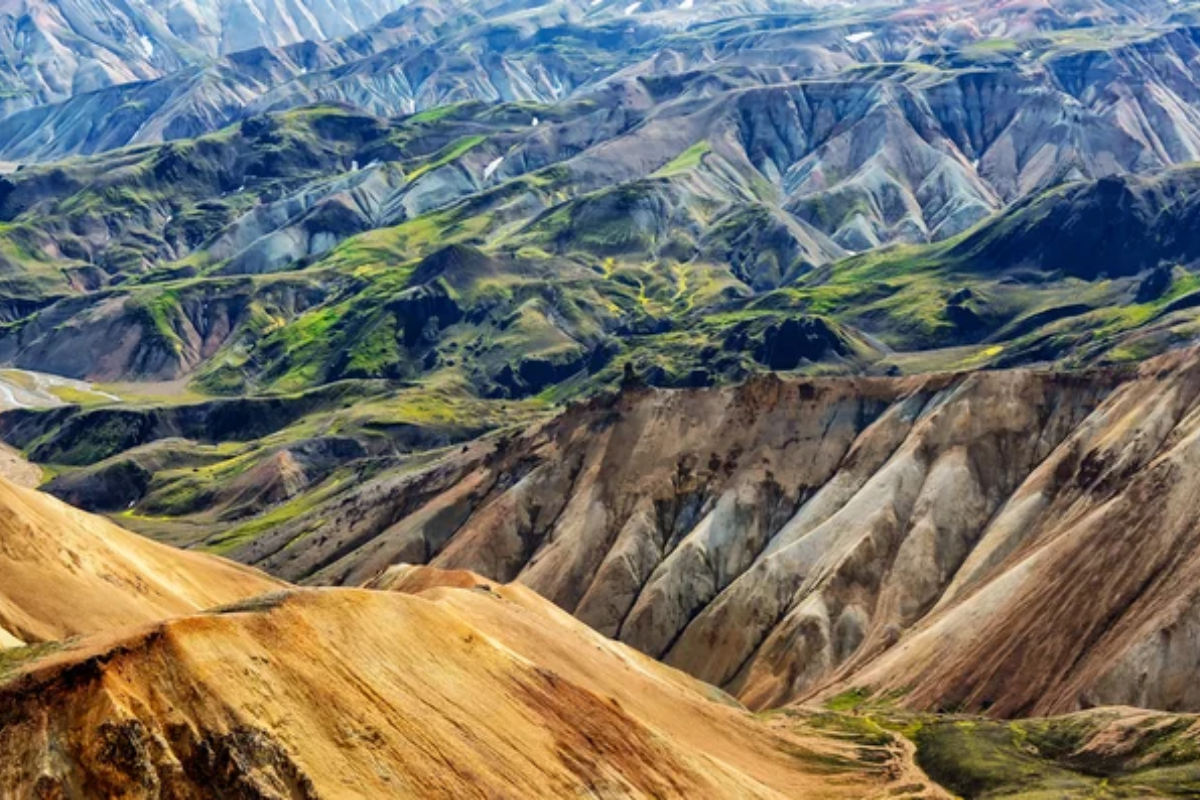
Iceland features black sand deserts that stretch for miles, particularly in the interior highlands. These lunar-like landscapes of Sprengisandur and Landmannalaugar have served as training grounds for Apollo astronauts.
Norway has no comparable desert environments, featuring lush vegetation almost everywhere except its highest mountain plateaus.
Cave Systems
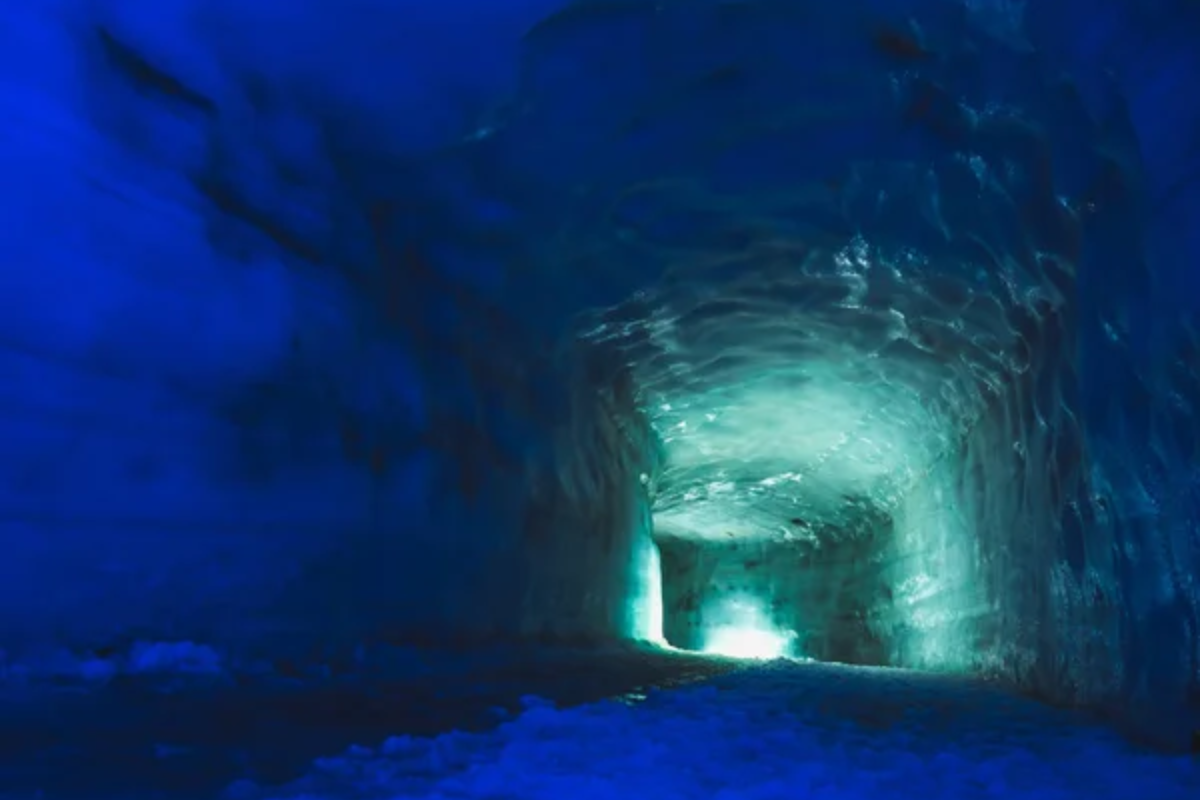
Norway’s limestone bedrock has created extensive cave systems, some stretching for miles underground. The Svartisen glacier area hosts some of the largest marble caves in Scandinavia. Iceland’s caves are primarily lava tubes, created when the outer layer of flowing lava cooled while the interior continued flowing.
These lava caves, like Raufarhólshellir, offer visitors the chance to walk through the literal veins of the island.
Tidal Phenomena
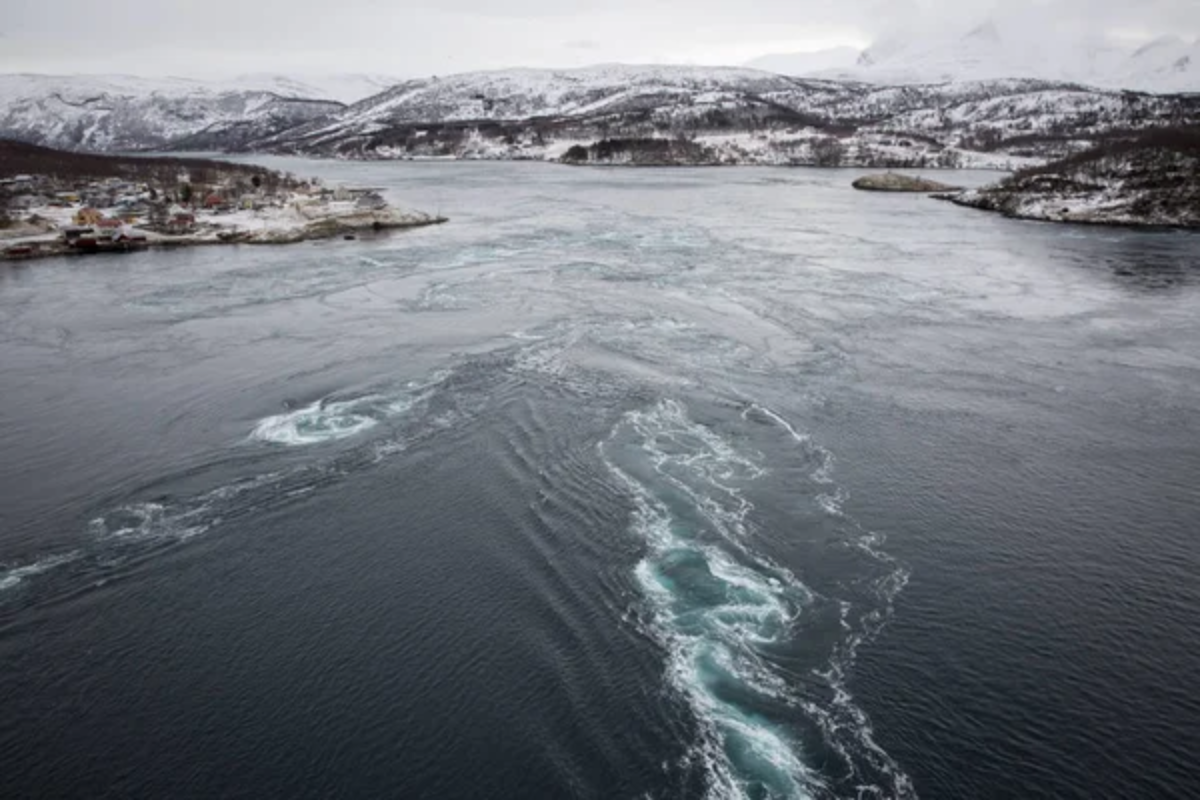
Norway’s Saltstraumen, near Bodø, creates the world’s strongest tidal current, with water speeds reaching 25 mph as the tide forces massive amounts of water through a narrow strait. Iceland’s tidal ranges are less dramatic but create unique interactions with its volcanic shoreline, particularly along the Snæfellsnes Peninsula, where tidal pools form in ancient lava flows.
Like Travel Pug’s content? Follow us on MSN.
Snow Activities
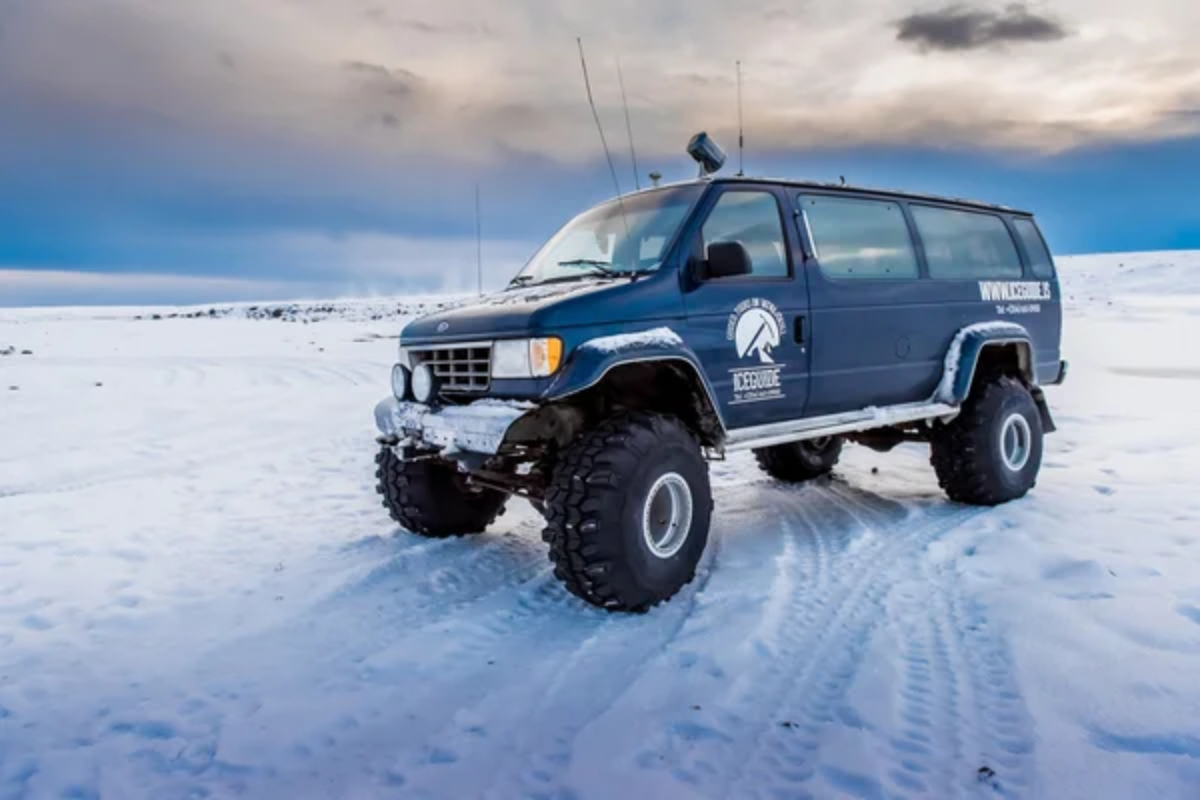
Norway has a more developed winter sports infrastructure, with numerous ski resorts and a deep cultural connection to cross-country skiing. Norwegians often say they’re ‘born with skis on their feet.’
Iceland also receives heavy snowfall, but its winter activities focus more on glacier experiences and ice cave exploration than traditional alpine skiing.
Seasonal Color Changes
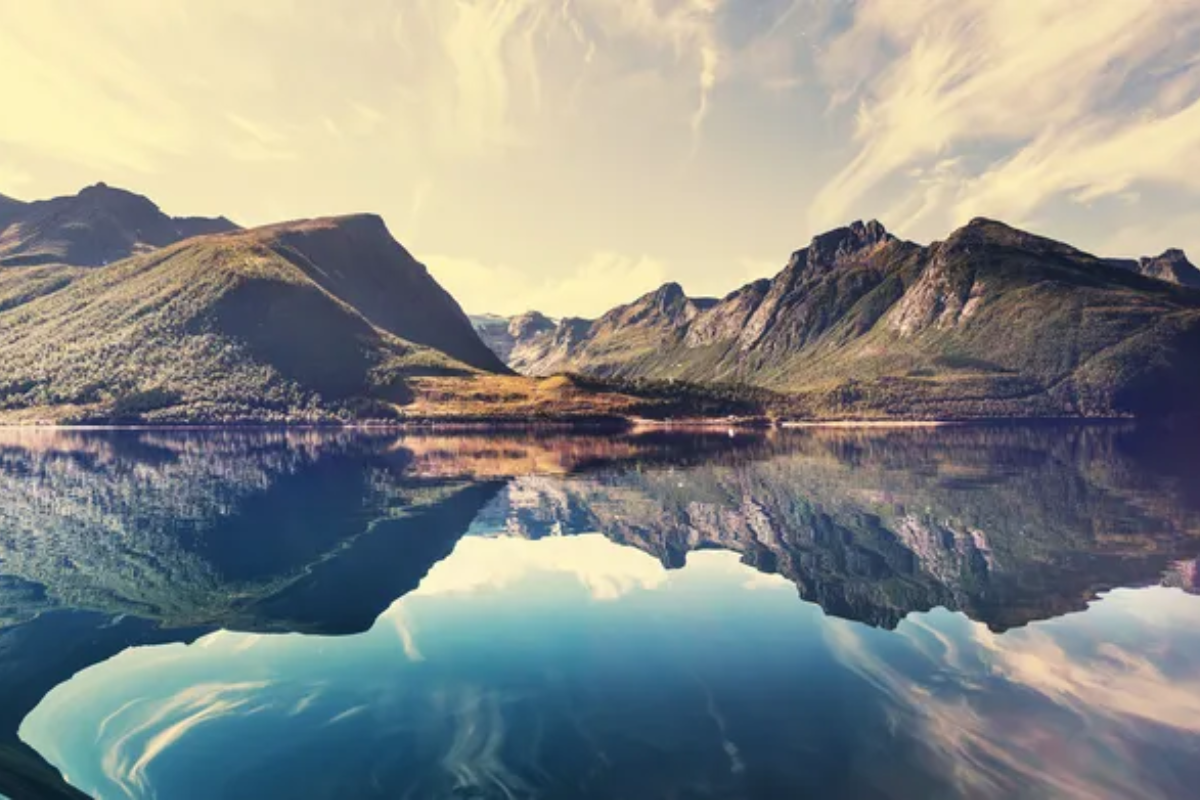
Norway experiences a true autumn with spectacular foliage as its vast forests turn golden and red each September and October. The combination of yellow birch trees against blue fjords creates a photographer’s dream.
With its limited trees, Iceland offers a different type of autumn transformation as its mosses and low-growing plants turn red and orange, creating vast colorful carpets across the landscape.
Swimming Spots
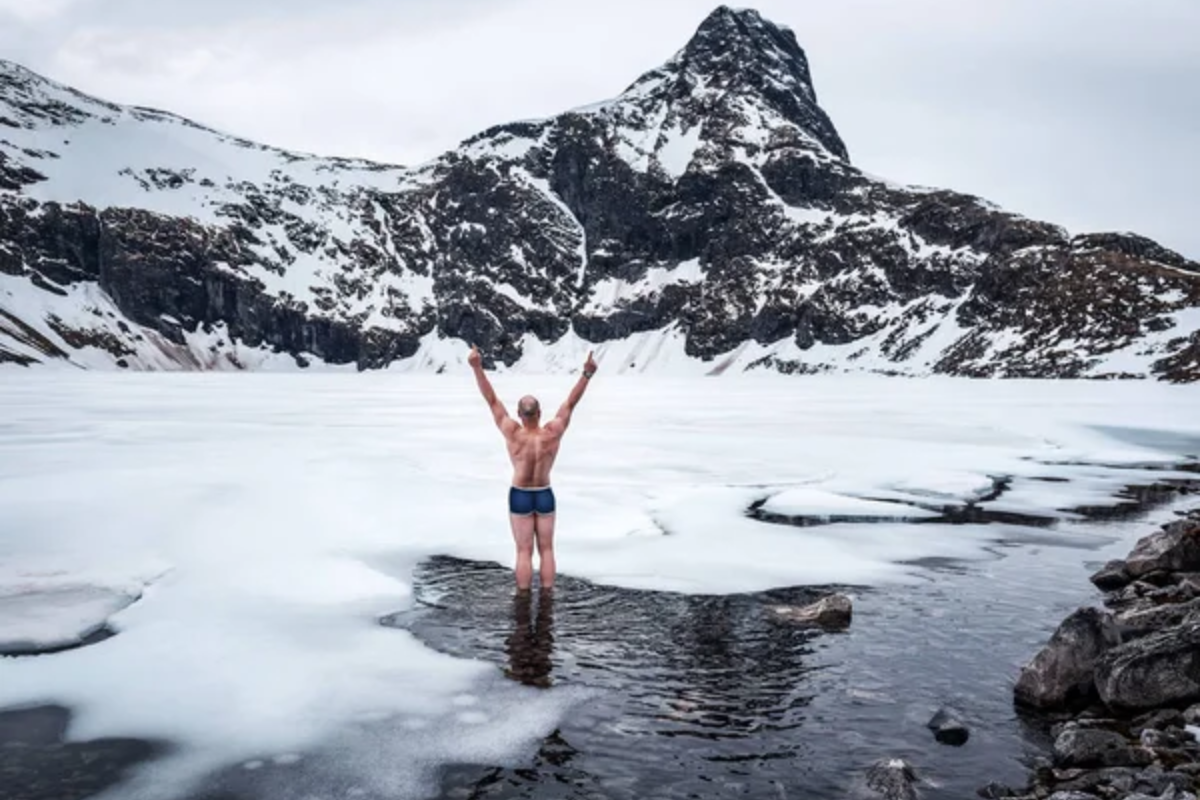
Iceland’s geothermally heated waters create unique swimming opportunities year-round, with countless natural hot springs and warm rivers where people can bathe outdoors even in winter. The country has built a culture around public swimming pools naturally heated by geothermal energy.
Norway’s swimming spots feature crystal-clear, albeit much colder, waters in fjords and mountain lakes, with the brave taking polar plunges into Arctic waters.
Like Travel Pug’s content? Follow us on MSN.
Nordic Reflections: Two Faces of Northern Beauty
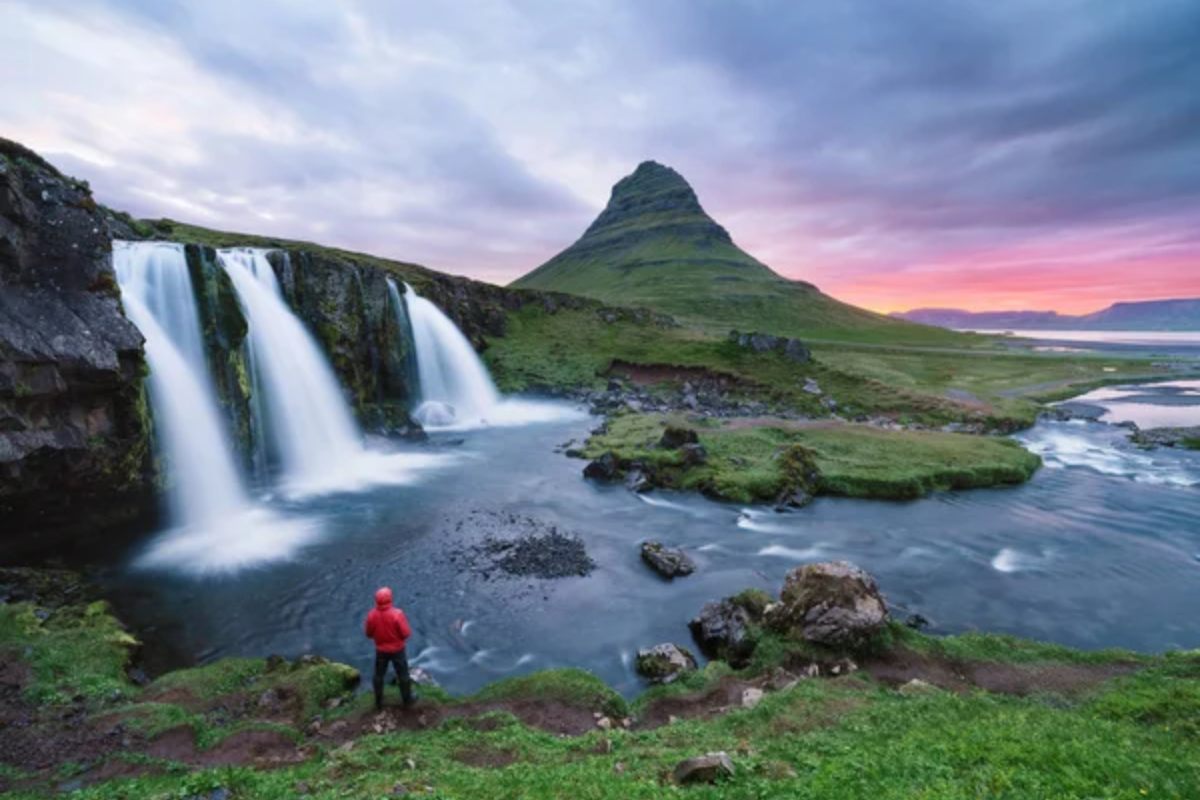
These distinctive natural differences have shaped not just the tourism industries but the entire cultural identities of both nations. Norway’s deep fjords and forested mountains have created communities of sailors and woodsmen, while Iceland’s volatile volcanic landscape has forged a population accustomed to unpredictability and dramatic change.
Both countries offer world-class nature experiences, but they complement rather than compete with each other—many travelers find themselves drawn to experience both these unique northern realms, discovering that the Arctic has not one face but many.
More from Travel Pug

- Cities Growing so Fast You Won’t Recognize Them in 10 Years
- 13 Destinations Where Tourists Regularly Regret Their Trip
- 20 Obscure WWII Sites Even History Buffs Don’t Know About
- 10 Under-the-Radar Mountain Towns That Are Both Affordable and Beautiful
- Remote Villages in Europe Where You Can Live for Free in Exchange for Work
Like Travel Pug’s content? Follow us on MSN.
